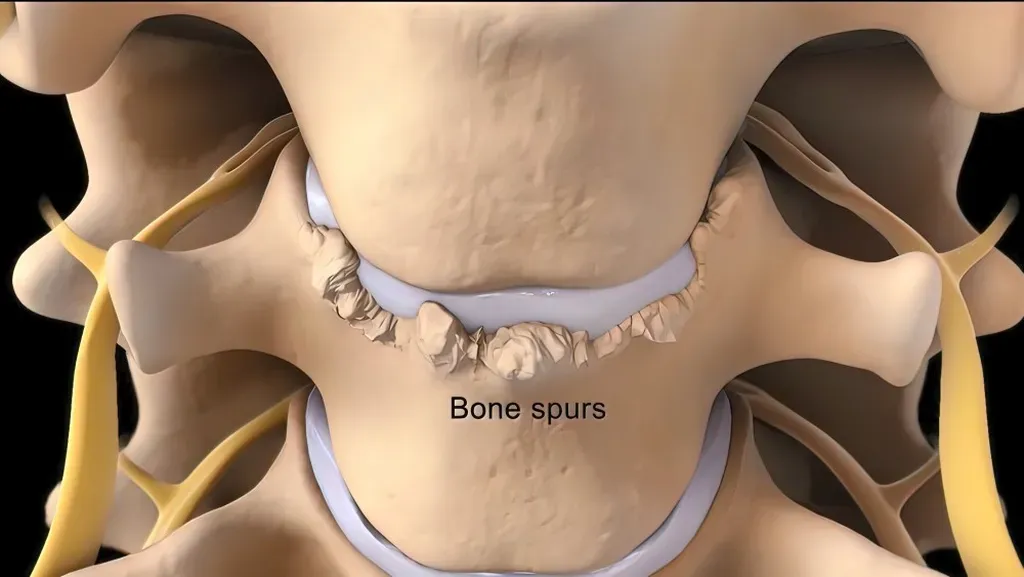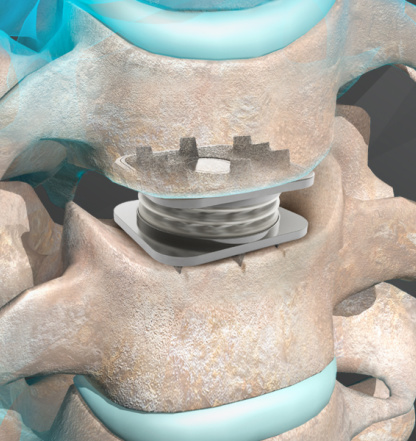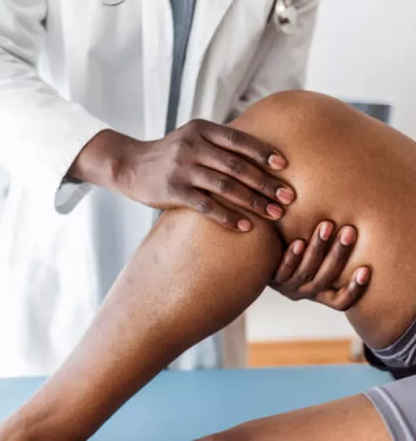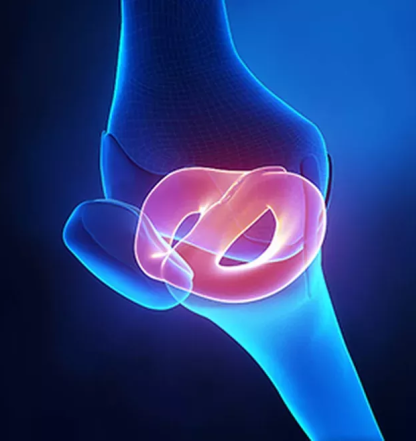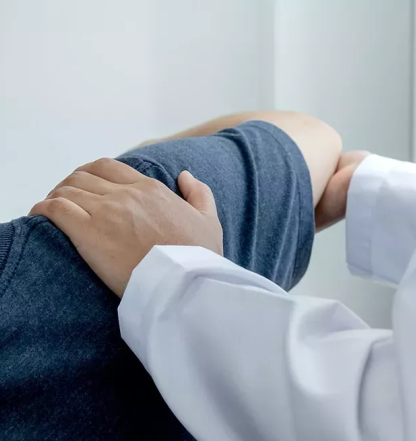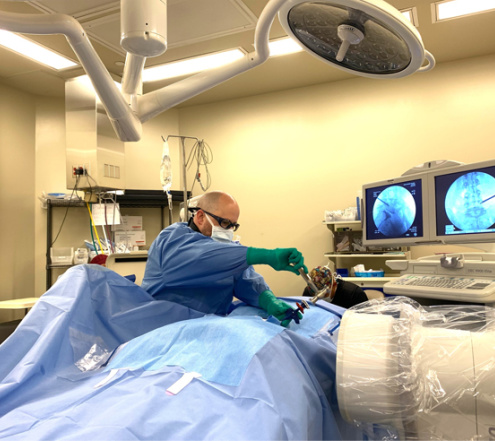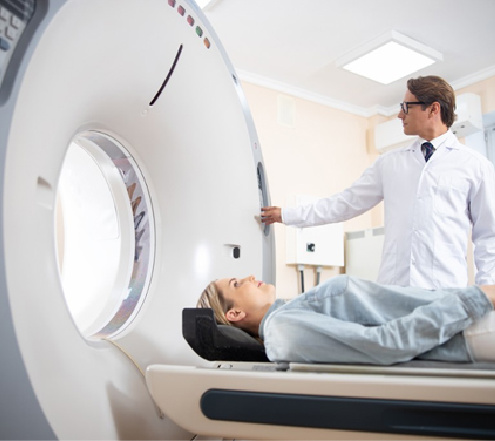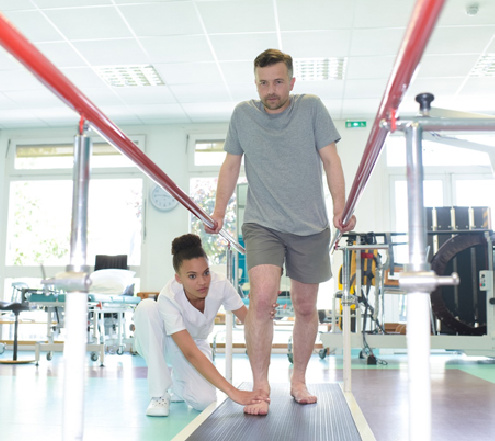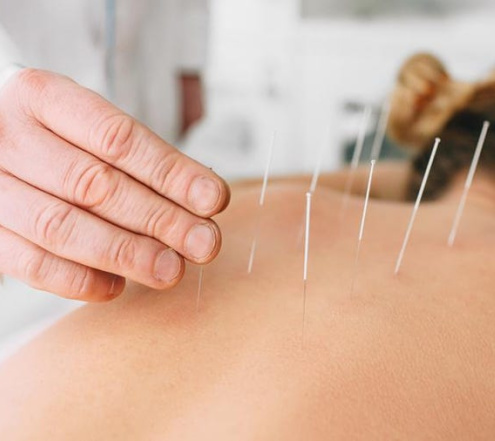Bone spurs are part of your body’s natural defense against joint damage caused by osteoarthritis and other conditions affecting cartilage health. They generally take years to develop, but do send up some warning signals.
Commonly occurring in joints where bone meets bone, osteophytes (bone spurs) are small lumps or bumps of bone that develop near the ends of bones. They typically occur when your body attempts to rebuild joint cartilage. Symptoms are often subtle initially, but can worsen significantly when these bony overgrowths press on nearby nerves, ligaments, or other tissue structures.
Our Spine Center Atlanta team offers the most advanced diagnostic studies and treatment services for a wide range of orthopedic conditions impacting your mobility and overall quality of life. Bone spurs are a common problem that can affect any joint vulnerable to cartilage damage, which is essentially all of them.
Read about five telltale signs of bone spurs and the treatments that can help relieve your symptoms.
1. Bumps on the affected joint
Bone spurs, especially those involving finger or toe joints, can cause palpable bumps and lumps about the affected joint that may be painful when pressed.
2. Decreased joint motion
Joint stiffness and inability to move the involved joint through a full range of motion are common signs of bone spurs. The stiffness can eventually interfere with routine activities. For instance, bone spurs involving the hands or fingers can make fine motor activities such as writing or typing difficult.
3. Progressive joint pain and inflammation
Because osteoarthritis and other conditions that trigger bone spur formation are usually progressive, you may notice worsening joint pain and inflammation over time. This is especially true in weight-bearing joints such as the ankles, knees, and hips. In addition, heel spurs are a common cause of heel pain.
4. Tingling, numbness, and weakness in legs or arms
Bone spurs that develop along the spinal column can grow inward and press on nearby nerves. This compression leads to nerve impingement (pinched nerve) that may cause burning or electric-shock-type pain in the areas served by the irritated nerve(s).
For instance, bone spurs commonly cause spinal stenosis, or narrowing of the spaces through which nerves exit the spinal column. Bone spurs in the lumbar (lower) spine may cause sciatic nerve impingement, resulting in symptoms traveling down the backs of the legs. Bone spurs in the neck (cervical spine) can cause chronic headaches or trigger pain in the shoulders, arms, and hands.
5. Tendinitis
When bone spurs encroach on nearby tendons, you may develop inflammation (tendinitis) or a tendon tear (i.e., rotator cuff tear). Symptoms of tendonitis include dull, aching pain at or near the joint, especially with movement. A rotator cuff tear can cause pain or significant weakness in the affected shoulder and arm.
Treating bone spurs
Symptomatic bone spurs often respond well to conservative therapies that may include:
- Ice to reduce swelling
- Acetaminophen, ibuprofen, or other over-the-counter pain relievers
- Rest and activity modification
- Custom shoe inserts for heel spurs
- Physical therapy
- Cortisone injection to reduce inflammation
- Prescription pain medication
If your symptoms don’t respond adequately to conservative therapies, your Spine Center Atlanta specialist may recommend minimally invasive surgery to remove the bone spurs and address the underlying cartilage damage.
Schedule your evaluation today by calling the office or requesting an appointment online.


